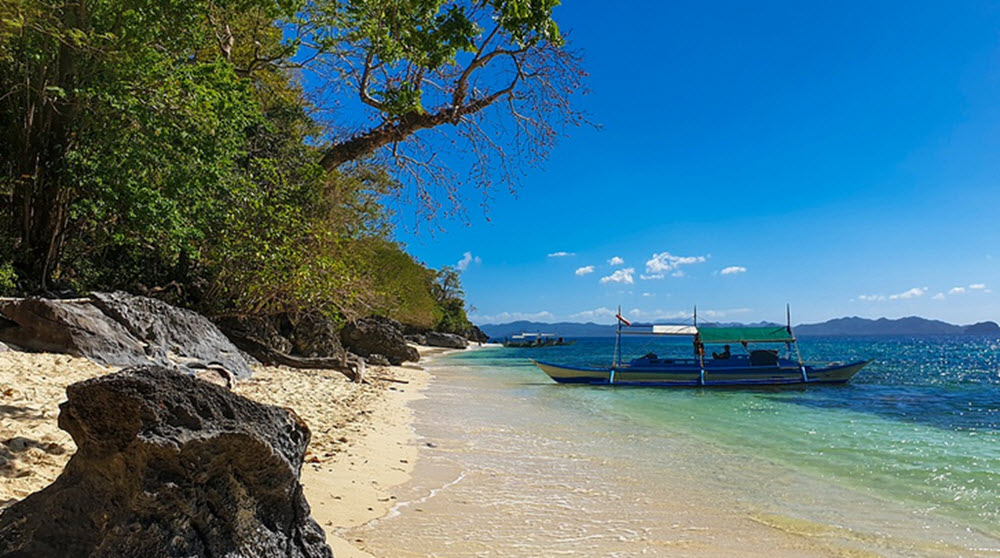The Philippines is a country in Southeast Asia.
The country consists of more than 7,000 islands spread over a large area.
The capital of the Philippines is Manila, which is the most populous city in the country with just over 1.78 million inhabitants. In total, 109.6 million people live in the whole country.

The Philippines became independent in 1946 after being under both Spanish and American colonial rule. It is a poor country where more than three-quarters of the poorest live in the areas that are most exposed to floods, droughts, typhoons, earthquakes or volcanic eruptions. The Philippines is affected by about 20 typhoons each year. Most typhoons occur during the period between May and December and in most cases affect the country’s east coast. In other parts of the Philippines, they cause mostly heavy rainfall.
The Philippines has a tropical climate with five different climate zones. The average temperature is 25°C. From November to February it has cooler temperatures around 25°C. March to May is the warmest period with temperatures above 30°C. Monsoon rains fall over large parts of the Philippines from June to October, but not in the southern parts of the country. Therefore, they are more suitable places to travel to during this period. The humidity is relatively high all year round.
The currency in the Philippines is the peso and the currency abbreviation is PHP. One peso is divided into 100 centavos.The best way when travelling in the Philippines is to have a combination of cards and cash. ATMs are everywhere in the cities, but not in the countryside.
The US dollar is the most accepted foreign currency.
Withdrawing money at an ATM is the best option when you need cash once you are in the country. If you are going to travel to an island or smaller village, make sure to withdraw a larger amount in local currency in advance.
Unfortunately, many of the currency exchange offices on the street have systems to deceive foreign tourists.
Card fraud occurs in the Philippines just as in all countries. The same precautions apply as at home: never leave the card out of sight and protect your PIN code.
It is not a Filipino custom to tip, but it is always appreciated by the staff.
The best time of year to visit the Philippines depends on the weather in previous years. The country has very changeable and unpredictable weather.

Crime in various forms is widespread throughout the country. As a tourist in the country, it is important to stay informed about the security situation in the places you are in or going to visit.
Healthcare is of good quality in the cities. Healthcare resources on the smaller islands are often very limited.
Almost 80% of the Philippines’ population is Catholic, about 9% belong to other Christian communities, and 6% are Muslim. The others are people who have no religion or belong to any of the indigenous religions. There are also small groups of Buddhists, Hindus and Jews.
